Rats and equations help researchers develop a theory of how our brains keep track of when events took place.


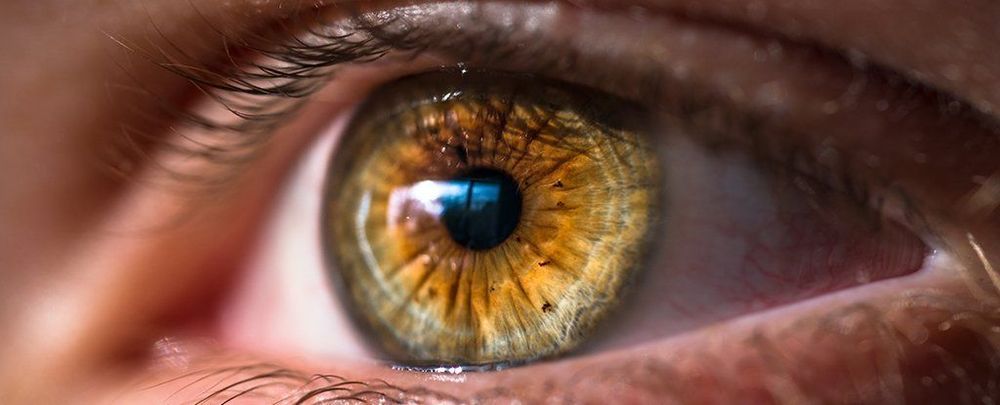
Scientists have discovered that eyes and brains in rodents seem to have uncannily similar drainage systems used for self cleaning, and there’s reason to think this might apply to us, too.
This sort of maintenance is necessary to wash away waste cells and fluids, and we know that brains make use of a tiny network of pipes known as the glymphatic system, similar to the lymphatic system that clears out rubbish from the rest of the body.
New tests on mice and rats show that the structures at the back of their eyes — like the optic nerve and the retina — take a page or two from the glymphatic system playbook. In the absence of the standard lymphatic vessels, they funnel waste products through a network a lot like the one the brain uses.

Maria became the very first COVID-19 patient to use Stem Cell Neurotherapy for COVID-19. In about 5 days, she will began to feel the healing effects of generating new lung cells which will eliminate her breathing problems.
We repurposed some tools from the Stem Cell Therapy for Cancer/Brain Tumor. Those tools are T-Cells, B-Cells, and Natural Killer Cells. Instead of programming those cancer killing cells to attack cancer cells, we have programmed them to seek out, identify, attack, and destroy all the Coronavirus cells in the entire body.
Stem Cell Neurotherapy sends therapeutic messages, e.g., “your stem cells are transforming into new cells for the lungs, liver, and kidneys” to the DNA inside the nucleus of stem cells. Inside the nucleus, the DNA receives the message and transmits it to the RNA, which translates the message into genetic code.
The genes inside the stem cells transmit the coded message to the proteins, which are converted by the mitochondria into ATP, which provides the energy for the coded message to transform the stem cells into a new set of lung cells, as well as new cells for the kidneys and liver.
These new cells in the lungs, kidneys, and liver will replace the cells that were infected by the COVID-19 virus. This results in the elimination of the coughing, fever, headaches, diarrhea, and breathing problems.
I’m reaching out with great humility, like a great many people are these days, to see if anyone has it within their means to help me directly or indirectly. As an artist, teaching in the New York City school system mostly working children in ESL and Special Needs, my work is seasonal and I am an independent contractor. This means no benefits even after close to 10 years in the same “job”, and from a complicated financial situation with my husband, neither of us has health insurance, everything is out of pocket for us. I’m not eligible for unemployment due to being a contractor. My gigs for this semester totaling almost $5000 for NYC schools just evaporated in the blink of an eye, but would have covered the cost my everyday healthcare/rent/etc until September. Things like medicines and supplements, healthy food that help control my Essential Tremor(neurological disease) and anxiety and vision care that allow me to function as an artist and make a meager living will be eliminated if we want to keep a roof over our heads. And now due to restrictions in NYC, my husband could be out of work by tomorrow(also contract work with no-unemployment benefits). If you can donate even the smallest token it would be of great help. Any amount would help me to weather the next several months of the NYC lockdown. If you feel strange donating cash, please take a look at the reproductions of my art, or maybe even buy a gift card for someone that might like my art here: opticvoid.com
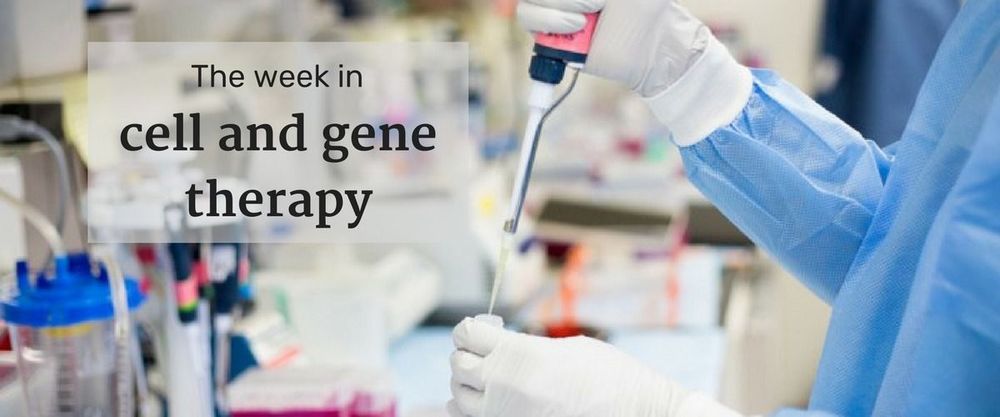
Final edition of stem cell neurotherapy for COVID-19.
We have just finished the Final Edition of Stem Cell Neurotherapy for COVID-19. We repurposed some tools from the Stem Cell Therapy for Cancer/Brain Tumor. Those tools are T-Cells, B-Cells, and Natural Killer Cells. Instead of programming those cancer killing cells to attack cancer cells, we have programmed them to seek out, identify, attack, and destroy all the Coronavirus cells in the entire body.
We still program the stem cells to transform themselves into new cells for the lungs, liver, and kidneys to replace those cells infected by the Coronavirus.
So, stem cells have a dual function in this therapy:
A. Destruction of the Coronavirus cells
B. Replacement of Virus Infected Cells in the Lungs, Liver, Kidneys, and other Organs with new, pure Cells in those Organs.
Also this week: Phase III clinical trial for epidermolysis bullosa treats its first patient and new partnership forms to further gene circuit cell therapy.
eCommunity, Future Science Group
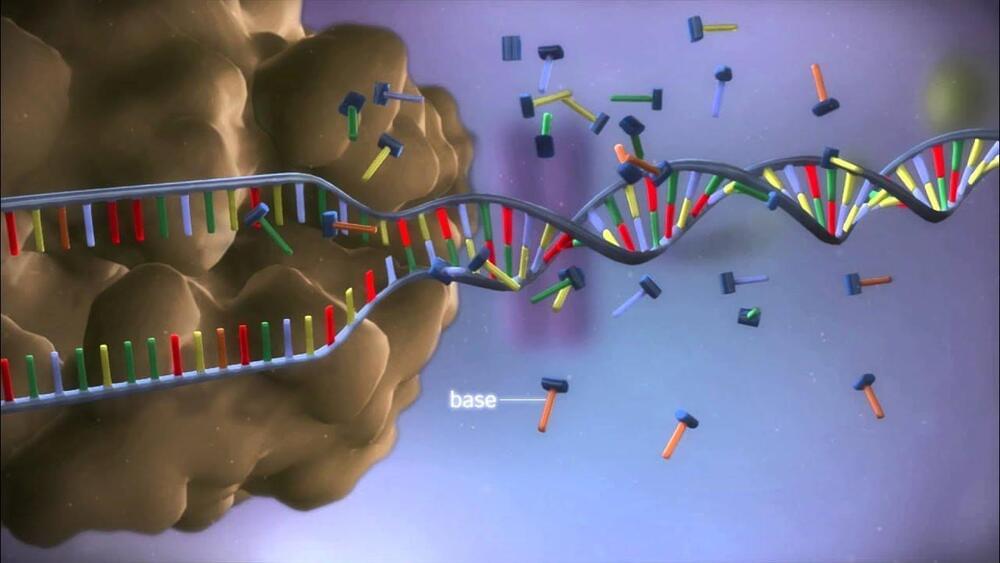
We can reprogram our DNA. The nucleus of a cell is not read only. It is actually read and write. Basically, the cell is a programmable device, in response to environmental information.
The templates for protein synthesis are RNA (ribonucleic acid) molecules. In particular, a class of RNA molecules called messenger RNA (mRNA) are the information-carrying intermediates in protein synthesis. Other RNA molecules, such as transfer RNA (tRNA) and ribosomal RNA (rRNA), are part of the protein-synthesizing machinery. All forms of cellular RNA are synthesized by RNA polymerases that take instructions from DNA templates. This process of transcription is followed by translation, the synthesis of proteins according to instructions given by mRNA templates.
The flow of information is dependent on the genetic code, which defines the relation between the sequence of bases in DNA (or its mRNA transcript) and the sequence of amino acids in a protein.
We can send therapeutic messages to the DNA inside the stem cells’ nucleus. DNA sends the information (in the form of nerve impulses) to the RNA molecules called messenger RNA. The transfer RNA synthesizes proteins to carry out the instructions given by messenger RNA templates for the stem cells to become new neurons and cells to replace the neurons and cells that were damaged or destroyed.
This 3D animation shows how proteins are made in the cell from the information in the DNA code.
To download the subtitles (.srt) for this site, please use the following link: https://goo.gl/Ew7l69 and for more information, please view the video and explore related resources on our site: http://www.yourgenome.org/video/from-dna-to-protein
–
Animated by Polymime Animation Company Ltd.
http://www.polymime.com
http://www.instagram.com/polymimestudio
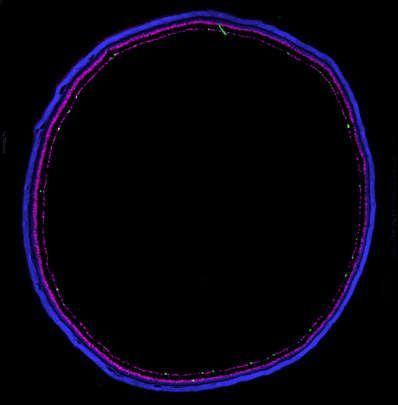
Light falling on our retinas triggers signals that pass up the optic nerve, causing neurons to fire in the brain so we can process what we see. Long after scientists discovered this fact they have learned its not the whole story; some of the retina’s cells do the opposite, suppressing activity in the brain. It will probably be a long time before we really grasp the reasons for this, but it appears to make for a more stable circadian rhythm and therefore sleeping cycles.
Biologists call messages that increase neuron firing ‘excitatory signaling’ and those that reduce activity ‘inhibitory signaling’. It has been taken for granted for decades that the eye only produces excitatory signals.
Dr Takuma Sonada has overthrown that idea with a paper in Science, based on his work while a PhD student at Northwestern University reporting on a subset of retinal ganglial cells (RCGs) whose signals are inhibitory.
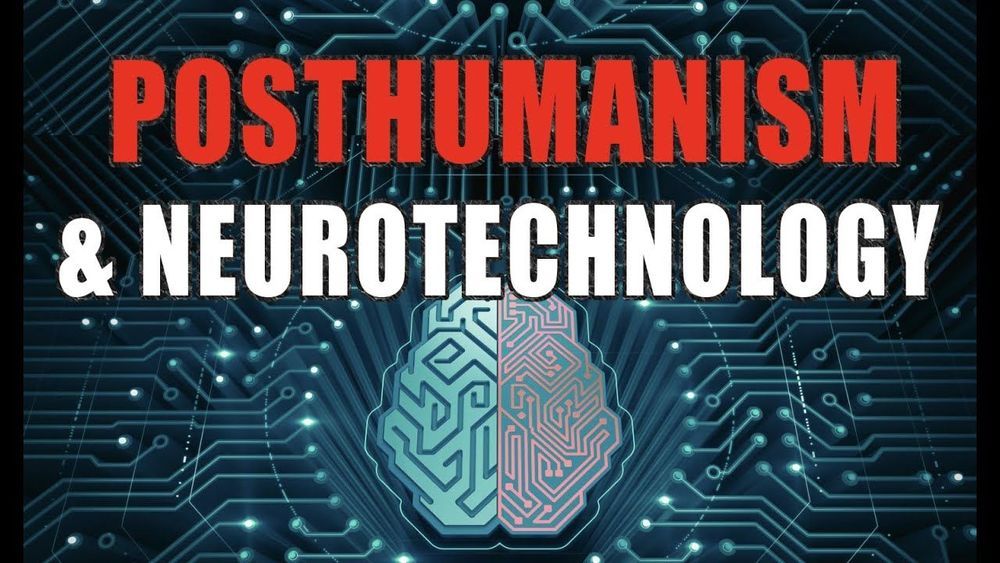
TABLE OF CONTENTS —————
:00–15:11 : Introduction
:11–36:12 CHAPTER 1: POSTHUMANISM
a. Neurotechnology b. Neurophilosophy c. Teilhard de Chardin and the Noosphere.
—————————————————————————————–
POSTHUMAN TECHNOLOGY
—————————————————————————————–
:12–54:39 CHAPTER 2 : TELEPATHY/ MIND-READING
a. MRI
b. fMRI
c. EEG
d. Cognitive Liberty e. Dream-recording, Dream-economies f. Social Credit Systems g. Libertism VS Determinism.
:02:07–1:25:48 : CHAPTER 3 : MEMORY/ MIND-AUGMENTING
a. Memory Erasure and Neuroplasticity b. Longterm Potentiation (LTP/LTD)
c. Propanolol d. Optogenetics e. Neuromodulation f. Memory-hacking g. Postmodern Dystopias h. Total Recall, the Matrix, and Eternal Sunshine of the Spotless Mind i. Custom reality and identity.
:25:48–1:45:14 CHAPTER 4 : BCI/ MIND-UPGRADING
a. Bryan Johnson and Kernel b. Mark Zuckerberg and Neuroprosthetics c. Elon Musk, Neural Lace, and Neuralink d. Neurohacking, Neuroadvertizing, Neurodialectics e. Cyborgs, Surrogates, and Telerobotics f. Terminator, Superintelligence, and Merging with AI
g. Digital Analogs, Suffering, and Virtual Drugs h. Neurogaming and “Nervana” (technological-enlightenment)
:45:14 −2:02:57 CHAPTER 5 : CONNECTOME/ MIND-MAPPING
a. Neurons, MEG scans, and Supercomputers b. Uploading worm brains, fly brains, mouse brains etc.
c. Cryo Ultra Mictrotomes, Diffusion Spectrum Imaging d. Anders Sandberg, Connectomics, and the Allen Institute e. Quantum Mechanics, Heisenberg Principle, No Cloning Theorem f. Human Connectome g. Human Metabolome h. Human Proteome i. Human Moleculome.

To tackle this problem, researchers at the RIKEN Center for Biosystems Dynamics Research identified a gel that closely mimics the physicochemical properties of organs that have undergone the tissue clearing process. Starting with computer simulations and following up with laboratory tests, the team optimized the soaking solution temperature, dye and antibody concentrations, chemical additives, and electrical properties to produce the best staining and imaging results. They then tested their method with more than two dozen commonly used dyes and antibodies on mouse and marmoset brains.
Scans of an entire mouse brain and one hemisphere of a marmoset brain—rendered into 3D using light sheet microscopy—revealed the similarity between the two animals’ neural vascular systems, showing the use of the system for comparative anatomy, the researchers report this week in. They also showed that they could simultaneously stain and image up to four molecular targets in a mouse brain, a feat that “has never been reported before,” says Ludovico Silvestri, of the European Laboratory for Non-linear Spectroscopy, who was not involved in the research.
The team also used its technique to image an entire infant marmoset and a small human brain sample—something that could one day lead to new understandings of solid tumors and neurodegenerative diseases. The team says its approach to optimizing staining can be applied to other techniques to advance the entire field of 3D imaging.
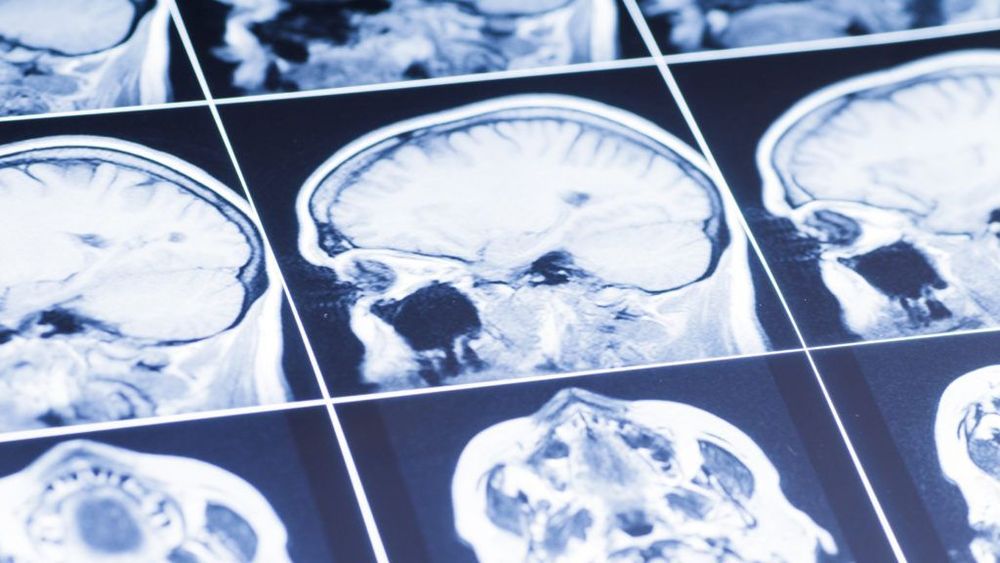
An unconscious person’s response to odors after a serious brain injury may be a simple yet powerful signal of how aware they are and how likely they are to survive and recover, a new study suggests, relying on responses to the scent of shampoo and the stench of rotting fish.
Patients who survive brain damage from trauma, stroke, or heart attack are plunged into forms of unconsciousness that vary from minimal consciousness to unresponsive wakefulness, sometimes called a vegetative state. Specialists trying to tell who is in which state have fared only a little better than a coin flip: About 4 in 10 people thought to be unconscious are actually aware.
That uncertainty makes decisions for families and clinicians supremely difficult, from weighing how to treat pain to whether to withdraw life support. Sophisticated imaging of unconscious patients’ brain activity can reveal hints of awareness that go beyond behavioral assessments, sometimes only to deepen the mystery of who will get better. Now Israeli scientists have turned to the sense of smell, evolutionarily speaking our most ancient sensory system, as a window into our brain. Their paper appears Wednesday in Nature.

Alzheimer’s disease is the sixth leading cause of death in the United States, affecting one in 10 people over the age of 65. Scientists are engineering nanodevices to disrupt processes in the brain that lead to the disease.
People who are affected by Alzheimer’s disease have a specific type of plaque, made of self-assembled molecules called β-amyloid (Aβ) peptides, that build up in the brain over time. This buildup is thought to contribute to loss of neural connectivity and cell death. Researchers are studying ways to prevent the peptides from forming these dangerous plaques in order to halt development of Alzheimer’s disease in the brain.
In a multidisciplinary study, scientists at the U.S. Department of Energy’s (DOE) Argonne National Laboratory, along with collaborators from the Korean Institute of Science and Technology (KIST) and the Korea Advanced Institute of Science and Technology (KAIST), have developed an approach to prevent plaque formation by engineering a nano-sized device that captures the dangerous peptides before they can self-assemble.